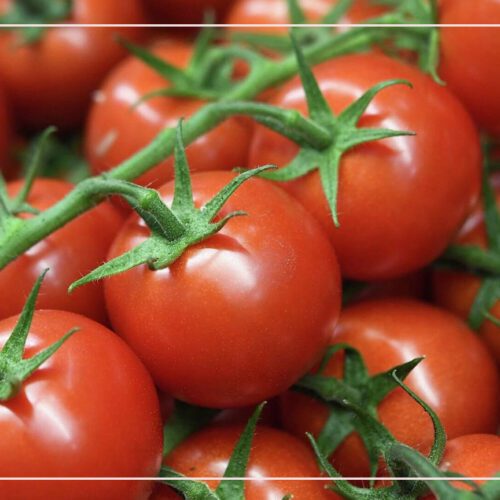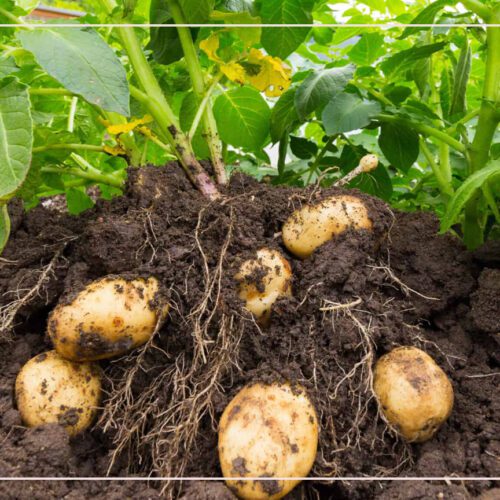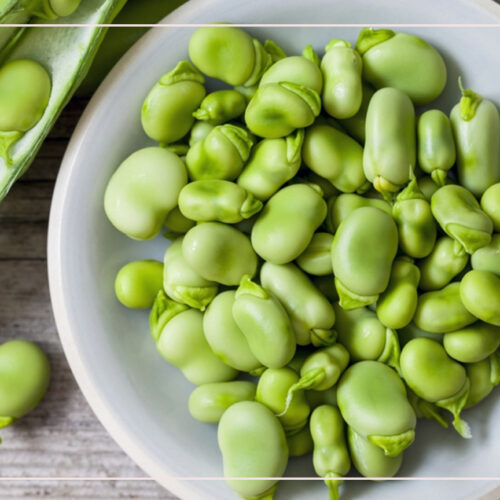
Benefits of Mulch & Mycorrhizae for Beginner Gardeners
Mulch provides a number of beneficial qualities to gardens and should be carefully considered by gardeners. It suppresses weeds, prevents soil erosion, and helps conserve water. Therefore, it is essential to select the appropriate type of mulch when in the process of gardening. In this article, we spot the light on using mulch for gardeners. We also explain the basic role of Mycorrhizae in sustainable agriculture.
What is mulch?
Mulching is an essential practice for gardeners looking to promote healthy soil and reduce maintenance costs. Mulch helps regulate soil temperature and retain moisture, while also reducing weed growth, preventing erosion, and providing nutrients to the soil. In addition, using organic materials such as mulch adds beneficial microorganisms to the garden’s environment. All in all, mulching your garden is one of the most important steps for anyone looking to make their gardening experience easier and more enjoyable!
Benefits of mulch:
Mulching can drastically improve your garden in a single night. It is one of the most effective ways to make your garden less labor-intensive for many reasons:
- Mulching your soil can assist in the reduction of frequent watering. This is due to the fact that it helps retain moisture within the ground, thus lessening evaporation and allowing you to water less often.
- Prevent soil erosion. Mulch helps to protect the top layer of soil from heavy winds or heavy rain.
- Applying mulch around your plants and gardens can significantly reduce the amount of time you need to spend weeding. Mulch acts as a physical barrier against weeds, decreasing their likelihood of sprouting and growing. To save yourself time & effort in the garden, utilizing mulch is highly recommended.
- Controlling soil temperature is essential for successful gardening. On cold days, mulch acts as a thermal insulator and helps maintain a conducive temperature for the roots. On hotter days, it provides shade and helps keep the soil cool to avoid root damage.
- Create an ideal environment for worms to thrive. Mulching enables the soil to remain in a cool, moist, and dark state, thereby allowing earthworms and other soil organisms to flourish.
- Soil compaction should be prevented to maintain a healthy environment for plant growth. Mulching can help protect the soil from extreme weather conditions and keep it fluffy, soft, and loamy.
- Replenishing the soil with nutrients is an important part of gardening. Organic matter, such as chopped-up leaves, grass clippings, or straw, can be used as mulching material to achieve this. As they break down, they help return essential nutrients to the soil.
- Placing a layer of mulch on top can offer protect roots from inadvertent damage resulting from activities such as walking, weeding, or any other gardening task.
When should I apply mulch?
It is generally suggested to keep a layer of mulch present in the garden at all times. We usually spread fresh mulch each spring after planting and again in the fall after clearing up the bed for winter.
The decomposition rate of organic mulch varies depending on the type of material you’re using. You may need to add a fresh layer around every month in order to maintain a good-looking cover.
Springtime is the ideal season to pull back your mulch for a number of reasons. During this time, the warmth of the sun can help to thaw and warm the soil before planting begins in earnest. Additionally, pulling back your mulch during mid-to-late spring ensures that it remains fresher and more effective throughout the growing season.
Use Mycorrhizae for better soil health:
Mycorrhizae are a vital component of healthy soil and are essential for the successful growth of many plants. They form a mutually beneficial relationship with plant roots, providing plants with increased access to nutrients and water, as well as protection from diseases and other environmental stresses. Mycorrhizal fungi provide plants with essential nutrients, water, and protection from pathogens, helping them to grow strong and healthy. Plants can derive great benefits from Mycorrhizal fungi in the following ways:
- Plants can extend their reach into the soil by colonizing their roots and sending out hyphae.
- preventing disease organisms.
- The plant is capable of taking in phosphorus, water, and trace minerals from the environment and dispersing them.
- The excretion of sticky compounds by certain organisms helps in combining the soil particles and creating a porous and airy environment. This effectively improves the soil structure.
Better practices:
Mycorrhizal growth can be enhanced by avoiding soil tilling (as it disturbs them) and by introducing mycorrhizae products into the garden such as Add Life
This formula is a game changer for gardeners and farmers. It contains a blend of beneficial fungi, including 11 species of mycorrhizae and 2 species of Trichoderma (See our product Tricho Protect, which are well-suited to a wide variety of soils, climates, and plants. The combination of these microorganisms helps to increase root development and improves nutrient uptake by plants. Furthermore, this easy-to-apply formula can help save time and energy in the garden or farm.
In conclusion, using both mulch and mycorrhizae together can be an effective way to improve plant growth and reduce crop damage. The combination of mulch and mycorrhizae provides a number of benefits, including improved soil structure, increased water retention, increased nutrient availability, and better root growth. Composting with mycorrhizal fungi can also help to increase the amount of organic matter in the soil, which further helps to improve plant growth. By understanding how to use these two materials together, farmers can effectively reduce crop damage while improving their yields.
Related topic
Neem Oil: Magic In a Bottle
Common Questions:
What is mycorrhiza in sustainable agriculture?
Mycorrhiza is an important part of sustainable agriculture. This beneficial relationship between a fungus and plant roots helps plants to absorb nutrients from the soil and increases their resistance to diseases. Mycorrhiza can improve soil structure and fertility, reduce water usage, increase crop yields, reduce fertilizer use, and help protect against climate change.
What is the purpose of mulching?
Mulching aids in soil moisture retention and is analogous to a protective blanket. This helps prevent the ground from becoming too dry, facilitating water storage in the soil and making it malleable. Additionally, mulching creates an advantageous layer of protection for plants against extreme conditions such as heavy rains and cold weather.
What is an example of mycorrhizae?
Mycorrhizal fungi, such as boletes, have well-known relationships with conifers like larch trees. Additionally, truffles are thought to form mycorrhizae with certain species of hardwood trees, including oak and beech.





